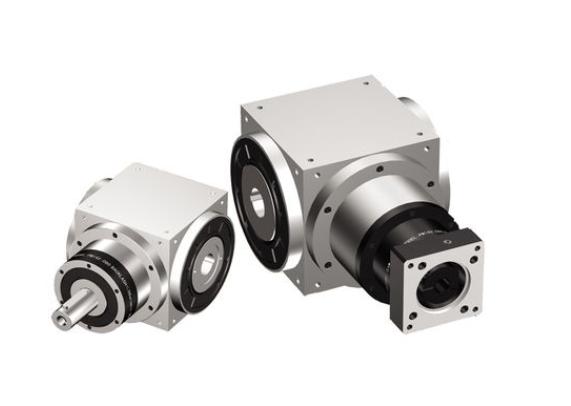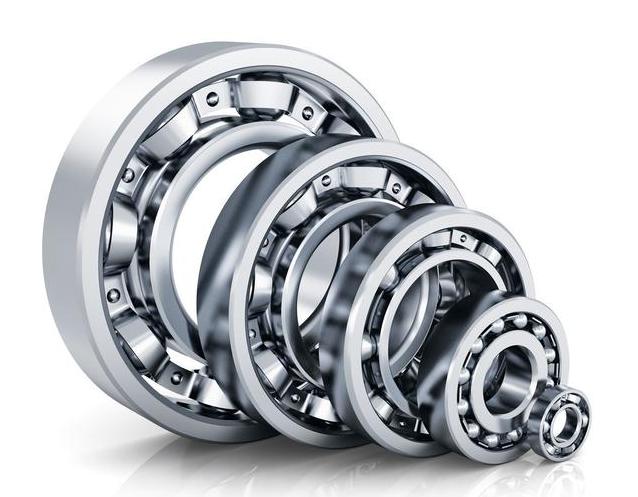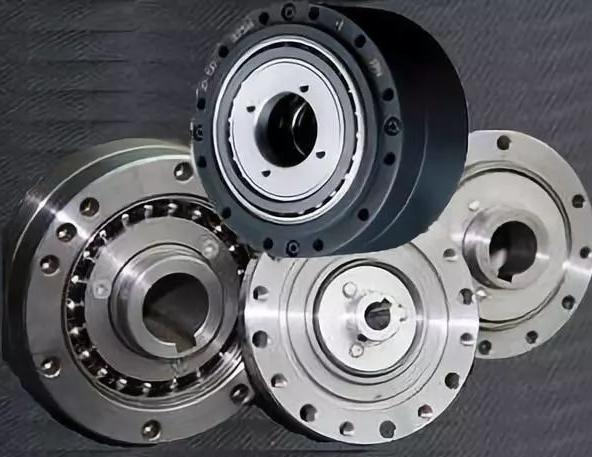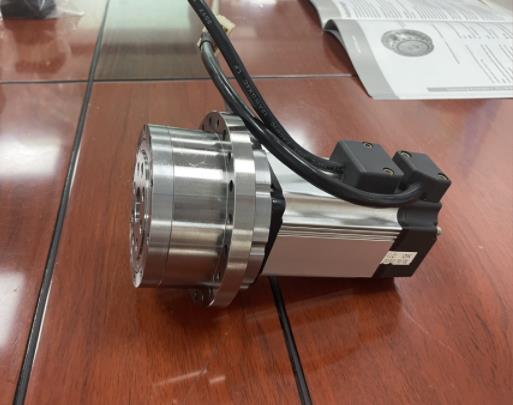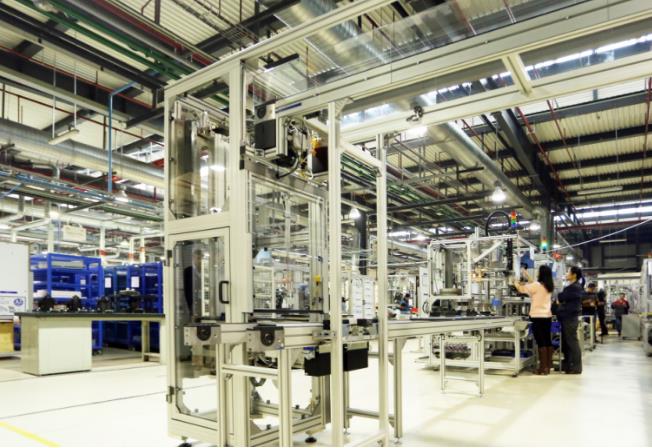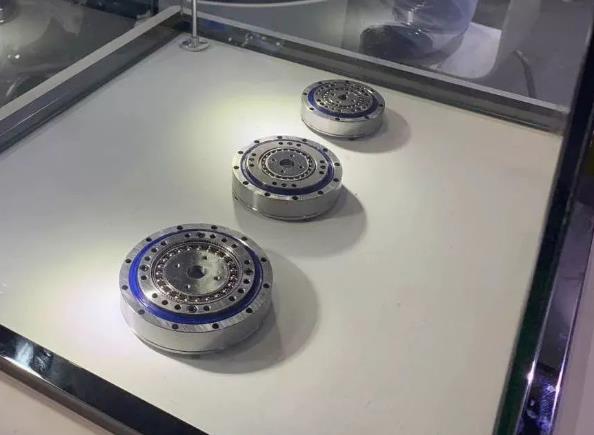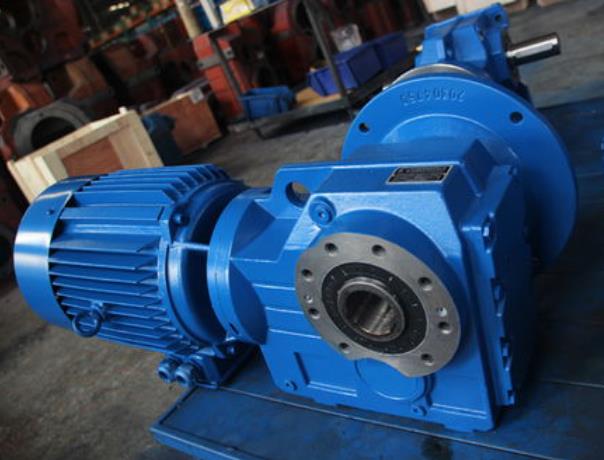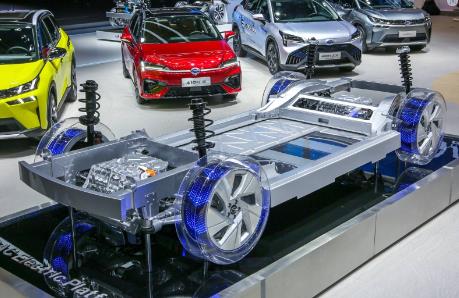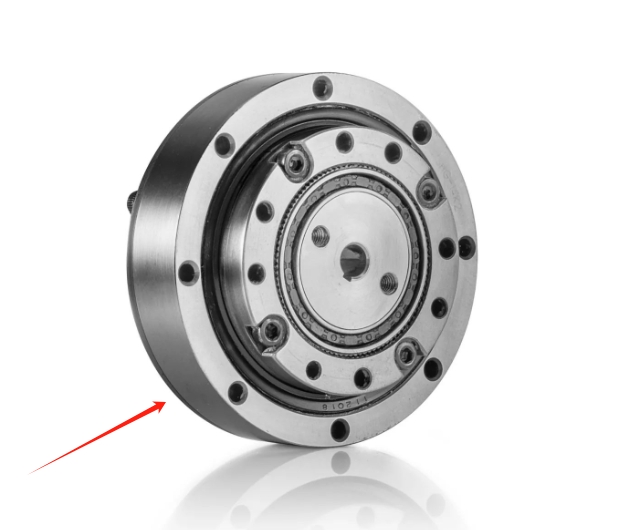
Firstly, planetary gear reducers possess a distinctive structural advantage. Unlike traditional gear reducers, planetary gear reducers utilize a planetary gear mechanism, consisting of a central sun gear, planet gears, and an outer ring gear. This structure allows planetary gear reducers to achieve higher transmission ratios while maintaining a smaller and lighter form factor. The distribution of transmission components and the arrangement of planet gears contribute to a higher torque output and better torque balance within the same size, resulting in a more efficient transmission.
Secondly, the smooth operation of planetary gear reducers is another significant advantage. The simultaneous engagement of multiple planet gears between the sun gear and the ring gear distributes the load more evenly, reducing gear mesh impact and lowering noise levels. This feature makes planetary gear reducers excel in environments where precise control and low noise levels are essential.
Thirdly, planetary gear reducers exhibit higher longevity and reliability. The distributed nature of the planetary gears reduces the load borne by each gear, minimizing wear and fatigue. This design characteristic enhances the durability of planetary gear reducers, contributing to an extended lifespan. Additionally, due to the multiple points of contact in the planetary gear mechanism, even if one gear becomes damaged, the remaining gears can continue to function normally, improving overall reliability.
Another prominent advantage is the outstanding performance of planetary gear reducers in high torque and compact space applications. Their unique structural design enables planetary gear reducers to provide a larger torque output in smaller dimensions. This characteristic makes planetary gear reducers widely applied in mechanical systems with limited space, such as industrial robots, automation equipment, and specialized transmission requirements.
Moreover, planetary gear reducers demonstrate excellent performance in variable speed ranges and precision control. The design of the planetary gear mechanism allows planetary gear reducers to offer a broad range of speed variations while maintaining high precision. This versatility makes planetary gear reducers highly suitable for applications with stringent demands for transmission accuracy, such as CNC machine tools and precision instruments.
In conclusion, planetary gear reducers exhibit clear advantages over traditional gear reducers in structural design, smooth operation, longevity, reliability, high torque output in compact spaces, and variable speed range with precision control. These characteristics make planetary gear reducers a preferred choice in modern industries, playing a crucial role in many transmission systems. With ongoing technological developments, planetary gear reducers are expected to showcase their unique superiority in an expanding range of applications.
Planetary gear reducers, as advanced mechanical transmission devices, exhibit significant advantages over traditional gear reducers in several aspects. Their unique design and performance make them widely utilized in the industrial sector.
